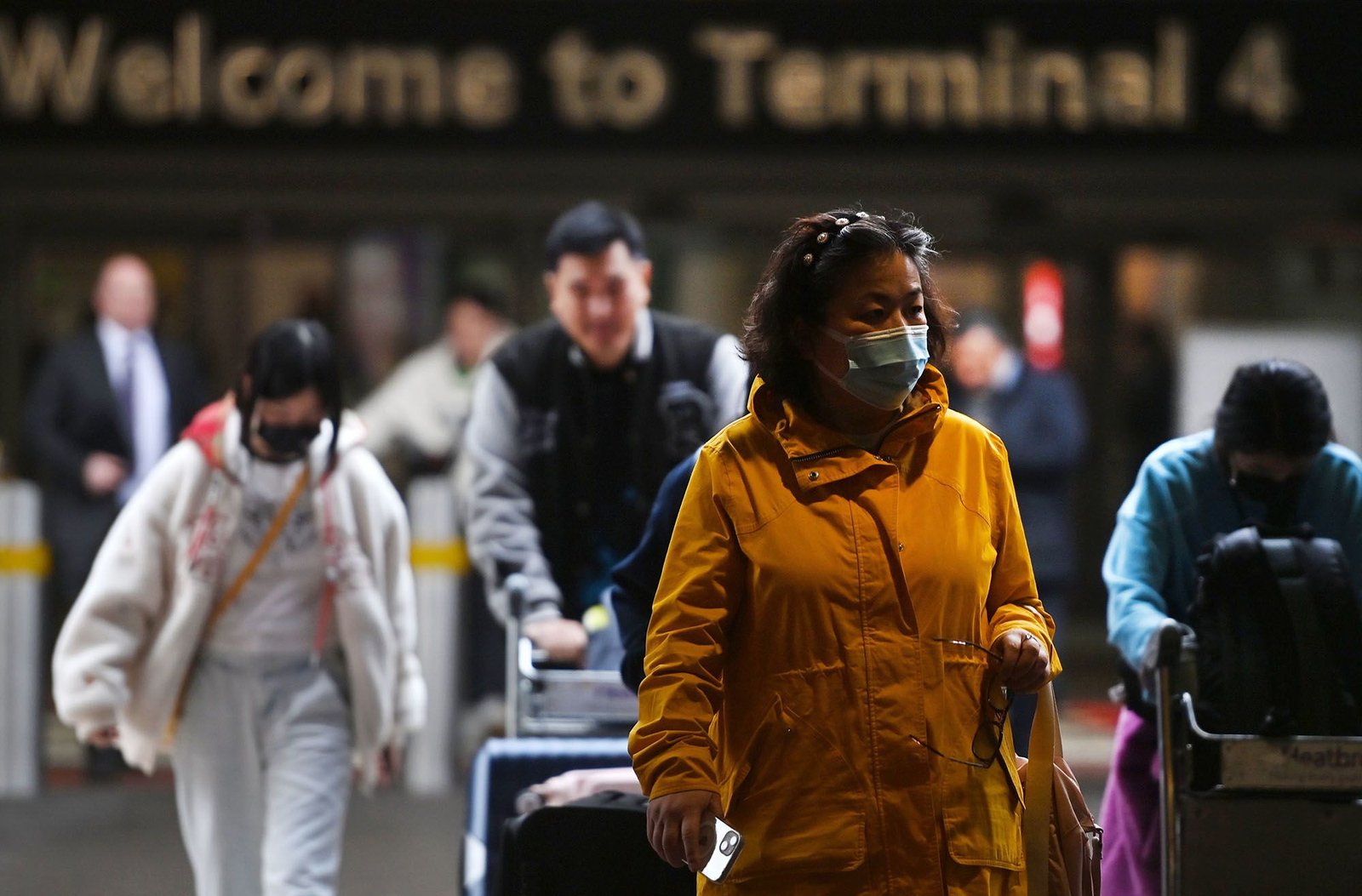Context
- The Union Ministry of Electronics and Information Technology (MeitY) has proposed amendments to the Information Technology (Intermediary Guidelines and Digital Media Ethics Code) Rules, 2021 to ensure greater accountability and transparency in how content notices are issued to social media platforms.
- The move comes after instances where junior-level police officers were issuing content-blocking notices, and amid debates on government oversight vs. digital freedom.
- These amendments will likely come into force from November 15, 2025.
Background: Understanding the Legal Framework
| Provision / Law | What It Does |
| Section 79 of the IT Act, 2000 | Gives “safe harbour” protection to intermediaries (like X, YouTube, Instagram), meaning they are not legally responsible for user-generated content, if they follow due diligence. |
| Section 79(3)(b) | Removes safe harbour if intermediaries fail to remove unlawful content flagged by the government. |
| Section 69A | Allows blocking of online content in specific cases affecting sovereignty, security, public order, etc. |
| Rule 3(1)(d) of IT Rules, 2021 | Allows the government to flag “unlawful” content, after which intermediaries lose safe harbour for that content. |
What is “Safe Harbour” and Why Does It Matters?
- “Safe harbour” means social media platforms are not held legally liable for what users post.
- It allows free flow of expression online while ensuring companies are not punished for user behaviour.
- However, if the government flags specific content under the IT Rules, safe harbour no longer applies, and the platform can be made accountable like a publisher.
What Has the Government Changed?
Key Amendments Proposed:
- Only senior officers can issue such notices:
- Joint Secretary (JS) or above at the Central level.
- Deputy Inspector General (DIG) or above in the States.
- Each notice must now:
- Clearly specify the legal provision, reason, and exact URL or post.
- Clarify that it is a warning, not an automatic takedown order.
- All notices under Rule 3(1)(d) will be reviewed monthly by a Secretary-level officer (IT Secretary at Centre; IT/Home Secretary in States).
- A “reasoned intimation” must accompany every notice to increase transparency.
Why Was This Needed?
- Overreach by lower-level officials: In some states, even Sub-Inspectors and Assistant Sub-Inspectors were sending content notices.
- Lack of clarity: Rules earlier mentioned “appropriate Government or its agency”, without specifying any official rank.
- Need for accountability: To prevent misuse or arbitrary censorship, and ensure due process in digital governance.
- Balance between regulation and freedom: The move attempts to show that government action will be “responsible and traceable.”
Legal and Policy Significance
- The change follows but is not directly linked to the case filed by social media platform X (formerly Twitter), which challenged the use of Rule 3(1)(d) as arbitrary.
- The Karnataka High Court upheld the Centre’s authority to issue such notices but emphasised the need for procedural fairness.
- The amendment helps align India’s IT framework with global norms of platform accountability and transparency.
Challenges and Way Forward
| Challenges | Way Forward |
| 1. Risk of Over-Censorship: Even with senior officers, subjective interpretation may lead to excessive takedowns. | Ensure clear definitions of “unlawful content” and introduce independent oversight mechanisms. |
| 2. Limited Judicial Oversight: Blocking or warning notices can still bypass courts. | Create a quasi-judicial review board for appeals and periodic audits. |
| 3. Impact on Freedom of Speech: Users and platforms may self-censor due to fear of liability. | Promote transparency reports by MeitY and platforms; publish reasons for each notice. |
| 4. Ambiguity Between Rule 3(1)(d) and Section 69A: Two separate routes for content removal may create confusion. | Integrate both under a unified Digital Governance Framework. |
| 5. Lack of Awareness Among Officials: Misuse or overreach often stems from lack of training. | Conduct capacity-building programs for digital literacy among enforcement officials. |
Broader Implications
- For Governance: Strengthens institutional accountability and standardises content regulation.
- For Social Media Firms: Brings clarity but also increases compliance obligations.
- For Citizens: Aims to protect against arbitrary censorship, but needs vigilance to ensure rights are not curtailed.
- For Digital India Mission: Balances freedom of expression with responsible digital governance.
Conclusion
The amendment reflects an evolving phase of India’s digital regulatory ecosystem, one that seeks to balance state accountability, platform responsibility, and citizen rights. However, real accountability will depend not just on seniority of officers but on transparency, procedural fairness, and independent oversight. In a democracy, content moderation must never become content control, the rule of law must remain the guiding principle of India’s digital governance.
| Ensure IAS Mains Question Q. The government’s move to restrict content-flagging powers to senior officials under the IT Rules, 2021 is seen as a step toward transparency, yet concerns over digital overreach persist. Discuss how India can ensure both governmental accountability and freedom of expression in its evolving digital regulatory framework. (250 words) |
| Ensure IAS Prelims Question Q. With reference to the Information Technology (Intermediary Guidelines and Digital Media Ethics Code) Rules, 2021, consider the following statements: 1. Under Rule 3(1)(d), the government can flag unlawful content, and intermediaries lose their safe-harbour protection for that content. 2. “Safe harbour” under Section 79 of the IT Act, 2000 provides complete legal immunity to intermediaries, even if they fail to remove illegal content. 3. The proposed amendment specifies that only officers of the rank of Joint Secretary and above (Centre) or Deputy Inspector General and above (State) can issue content notices. Which of the above statements is/are correct? a) 1 only b) 1 and 3 only c) 2 and 3 only d) 1, 2, and 3 Answer: b) 1 and 3 only Explanation: Statement 1 is correct: Rule 3(1)(d) empowers the government to flag unlawful content, after which intermediaries lose “safe-harbour” protection for that specific content. Statement 2 is incorrect: Safe harbour under Section 79 applies only if intermediaries act with due diligence; it does not grant blanket immunity. They lose protection if they fail to remove unlawful content once notified. Statement 3 is correct: The amendment specifies that only senior officers (Joint Secretary or DIG and above) can issue such notices, enhancing accountability. |
Also Read | |
| UPSC Foundation Course | UPSC Daily Current Affairs |
| UPSC Monthly Magazine | CSAT Foundation Course |
| Free MCQs for UPSC Prelims | UPSC Test Series |
| Best IAS Coaching in Delhi | Our Booklist |





